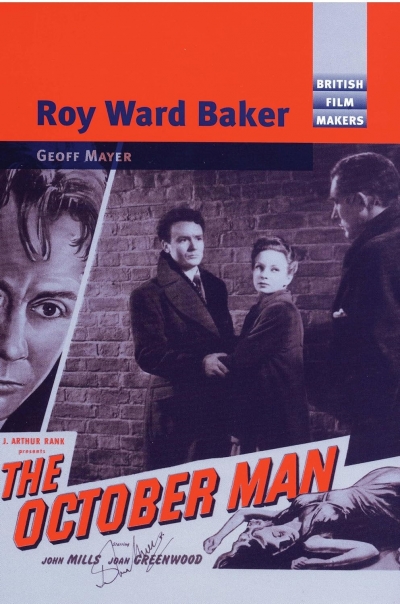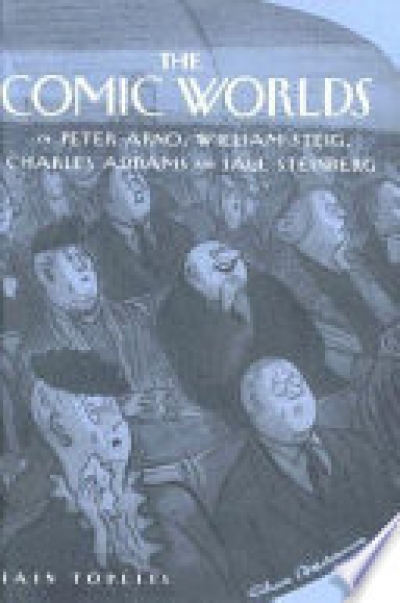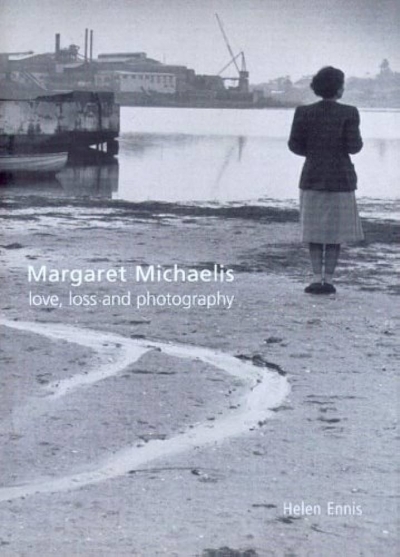Biography
The Life of George Bass: Surgeon and sailor of the enlightenment by Miriam Estensen
by Gillian Dooley •
A City Lost and Found: Whelan the Wrecker's Melbourne by Robyn Annear
by Ian Morrison •
T.W. Edgeworth David: A life by David Branagan
by John Thompson •
The Tyrannicide Brief: The story of the man who sent Charles I to the scaffold by Geoffrey Robertson
by John Button •
The Comic Worlds of Peter Arno, William Steig, Charles Addams, and Saul Steinberg by Iain Topliss
by Robert Phiddian •
The Diaries of Donald Friend, Volume 3 edited by Paul Hetherington
by Ian Britain •
Margaret Michaelis: Love, loss and photography by Helen Ennis
by Evelyn Juers •










